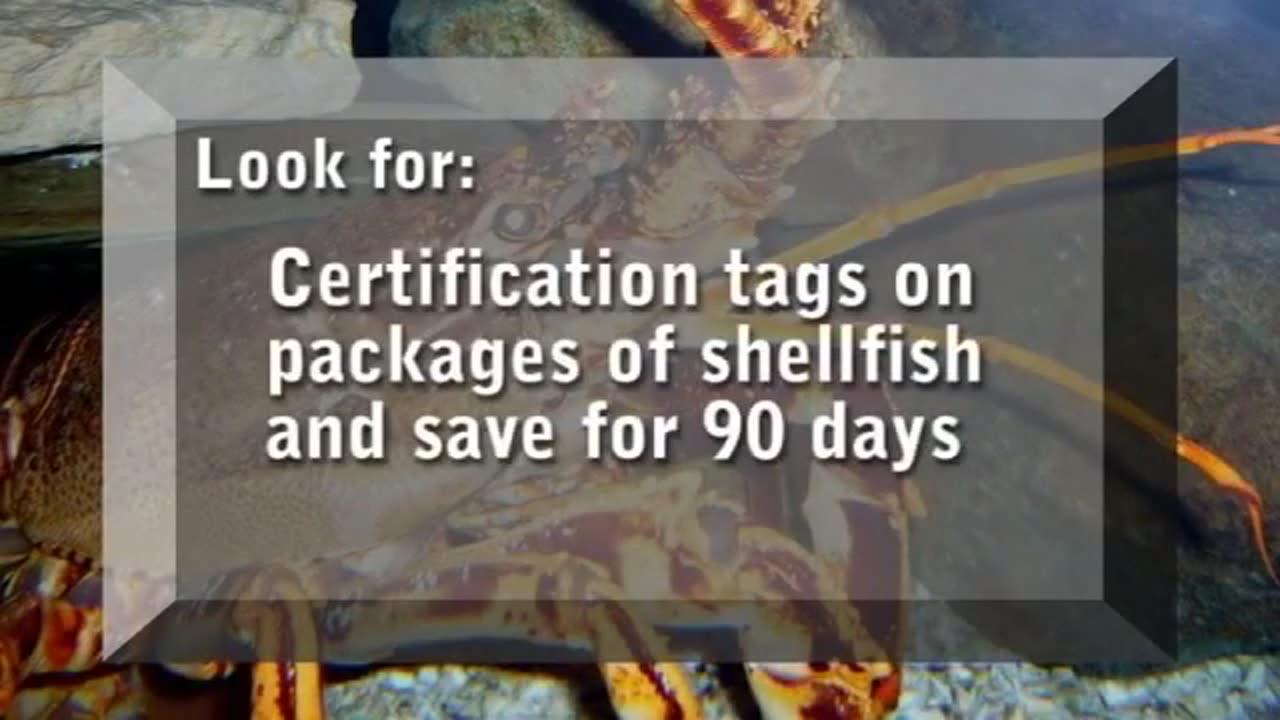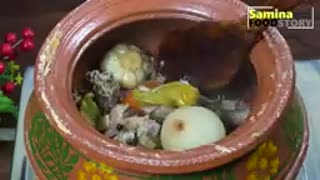Premium Only Content

Food Handler Training Course- Part 3
### **Food Handler Training Course (Part 3) – Preventing Cross-Contamination**
Cross-contamination is a leading cause of foodborne illnesses. It occurs when harmful bacteria, allergens, or other contaminants are transferred from one surface, food, or object to another. As a food handler, understanding and preventing cross-contamination is essential to maintaining food safety.
---
### **Objectives of Part 3**
1. Understand what cross-contamination is and how it occurs.
2. Learn practical steps to prevent cross-contamination.
3. Recognize high-risk foods and critical control points.
---
### **What is Cross-Contamination?**
Cross-contamination happens when harmful microorganisms, allergens, or foreign substances transfer between:
- Foods (e.g., raw to ready-to-eat foods).
- Surfaces and equipment (e.g., cutting boards, utensils).
- People (e.g., hands or clothing).
---
### **Why Cross-Contamination is Dangerous**
1. **Foodborne Illness:**
- Harmful bacteria like Salmonella, E. coli, or Listeria can spread from raw foods to ready-to-eat foods.
2. **Allergen Exposure:**
- Cross-contact can transfer allergens, potentially causing severe allergic reactions.
3. **Regulatory Violations:**
- Failing to prevent cross-contamination can result in penalties and loss of customer trust.
---
### **Common Sources of Cross-Contamination**
1. **Raw Foods:**
- Meat, poultry, seafood, and eggs can carry bacteria that contaminate other foods.
2. **Shared Equipment:**
- Cutting boards, knives, mixers, and other utensils used for multiple tasks.
3. **Hands and Clothing:**
- Hands and clothing can transfer bacteria and allergens between tasks.
4. **Storage Practices:**
- Improper storage of raw and ready-to-eat foods can lead to contamination.
---
### **How to Prevent Cross-Contamination**
#### **1. Separate Raw and Ready-to-Eat Foods**
- Use separate cutting boards and utensils for raw foods and ready-to-eat foods.
- Store raw meats, poultry, and seafood on the bottom shelves of refrigerators to prevent drips onto other foods.
#### **2. Implement Color-Coded Systems**
- Assign specific colors to equipment for different tasks:
- **Red:** Raw meat.
- **Blue:** Raw fish.
- **Green:** Fruits and vegetables.
- **Yellow:** Cooked or ready-to-eat foods.
- **Purple:** Allergen-free foods.
#### **3. Clean and Sanitize Regularly**
- Wash, rinse, and sanitize surfaces, utensils, and equipment after each use.
- Use separate cleaning cloths for raw and ready-to-eat food areas.
#### **4. Practice Good Hand Hygiene**
- Wash hands thoroughly after handling raw foods, touching garbage, or switching tasks.
#### **5. Use Disposable Gloves Correctly**
- Change gloves between tasks, especially after handling raw foods or allergens.
#### **6. Train Staff on Allergen Awareness**
- Educate employees about allergen risks and the importance of avoiding cross-contact.
- Use dedicated tools and storage for allergen-free foods.
---
### **Critical Control Points**
Food handlers should focus on these areas to prevent cross-contamination:
1. **Preparation Areas:**
- Keep raw and cooked food preparation areas separate.
2. **Storage:**
- Store food correctly in the fridge, freezer, and pantry to prevent contamination.
3. **Cooking Equipment:**
- Ensure all equipment is cleaned and sanitized between uses.
---
### **Examples of Safe Practices**
- **Scenario 1:** A chef uses a cutting board for raw chicken and immediately washes, rinses, and sanitizes it before using it for vegetables.
- **Scenario 2:** A baker keeps allergen-free utensils in a separate, labeled drawer to avoid accidental cross-contact.
---
### **Common Mistakes to Avoid**
1. **Reusing Dirty Equipment:**
- Using the same knife or cutting board without cleaning can transfer harmful bacteria.
2. **Improper Storage:**
- Storing raw meat above ready-to-eat foods in the refrigerator is a recipe for contamination.
3. **Touching Food Without Washing Hands:**
- Handling food with dirty hands spreads bacteria quickly.
4. **Not Cleaning Spills Immediately:**
- Leaving spills or drips unattended can contaminate surrounding areas.
---
### **Tips for Success**
- Post signage and reminders in the kitchen to reinforce cross-contamination prevention.
- Conduct regular training and refresher courses for employees.
- Assign supervisors to monitor compliance with food safety protocols.
---
### **Conclusion**
Preventing cross-contamination is a critical responsibility for all food handlers. By following best practices and maintaining a clean and organized workspace, you can minimize risks and ensure food remains safe for consumption.
---
Would you like to proceed to **Part 4: Safe Food Storage** or explore another topic in more detail?
-
 7:58
7:58
HSESafetyInformation
3 months agoAuthentic Peshawari Rosh _ Namkeen Gosht Recipe __ Traditional KPK and Baluchistan
611 -
 3:24:07
3:24:07
Barry Cunningham
6 hours agoJD Vance And Marco Rubio Speak at American Compass Fifth Anniversary Gala | And More News!
58.6K27 -
 2:52:45
2:52:45
TimcastIRL
5 hours agoTrump Admin ARRESTS Boulder Terrorists ENTIRE FAMILY, Preps Deportations | Timcast IRL
173K92 -
 2:40:48
2:40:48
RiftTV/Slightly Offensive
7 hours agoBig, Beautiful SCAM? Elon FLIPS on Trump for WASTEFUL Bill | The Rift | Guests: Ed Szall + Matt Skow
50.1K13 -
 LIVE
LIVE
SpartakusLIVE
6 hours agoSpecialist TOWER OF POWER || Duos w/ Rallied
573 watching -
 3:24
3:24
Glenn Greenwald
6 hours agoPREVIEW: Sen. Rand Paul Interview Exclusively on Locals
91.8K58 -
 3:54:13
3:54:13
VapinGamers
4 hours ago $1.47 earned⚔ 🔥 Blades of Fire - Game Review and Playthru - !game !rumbot #sponsored
35.4K5 -
 LIVE
LIVE
ZWOGs
9 hours ago🔴LIVE IN 1440p! - Max Payne 3, Halo Infinite, Marvel Rivals, Splitgate 2, & Maybe Helldivers 2 - Come Hang Out!
83 watching -
 1:14:00
1:14:00
The Daily Signal
6 hours ago🚨LIVE: Democrats Champion Illegals Amid MORE ICE Arrests
44.6K1 -
 LIVE
LIVE
RaikenNight
4 hours ago $0.19 earnedFinally got my surgery scheduled! Playing Tainted Grail
51 watching